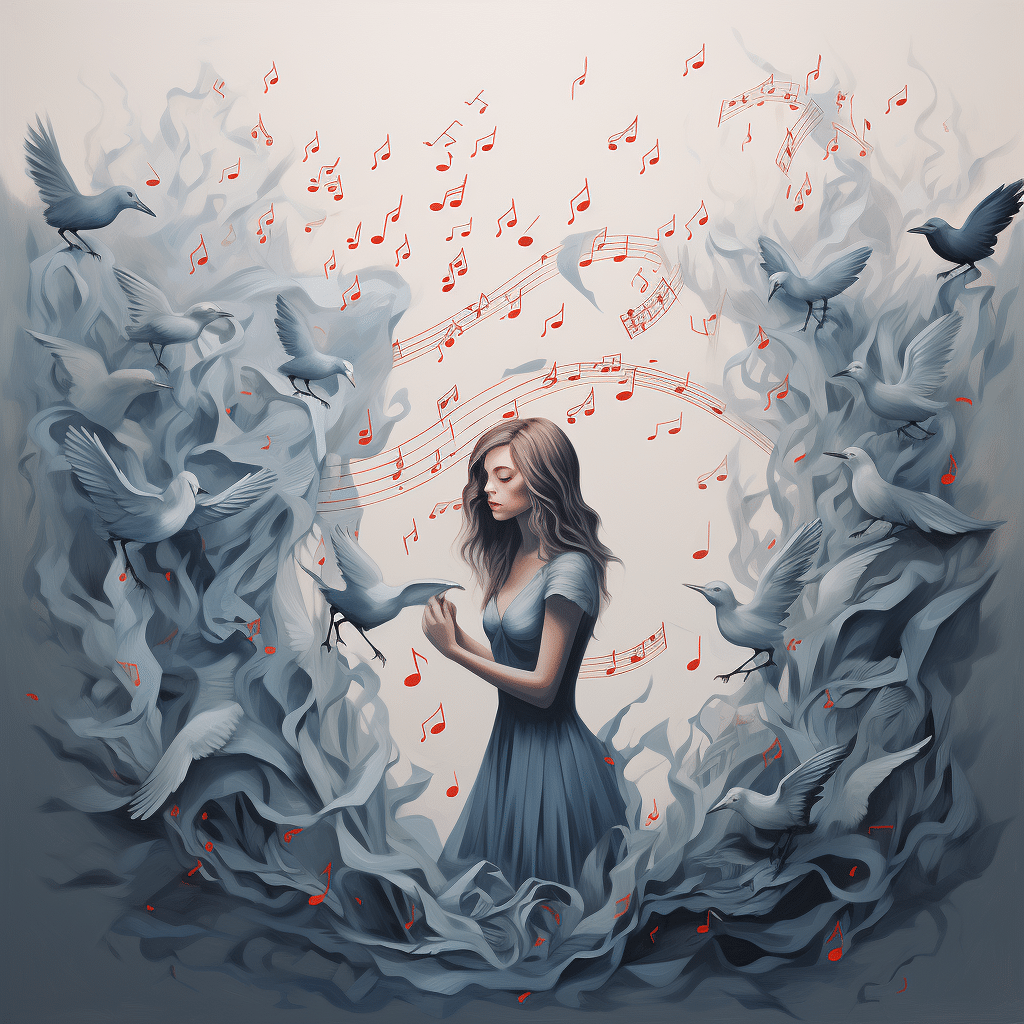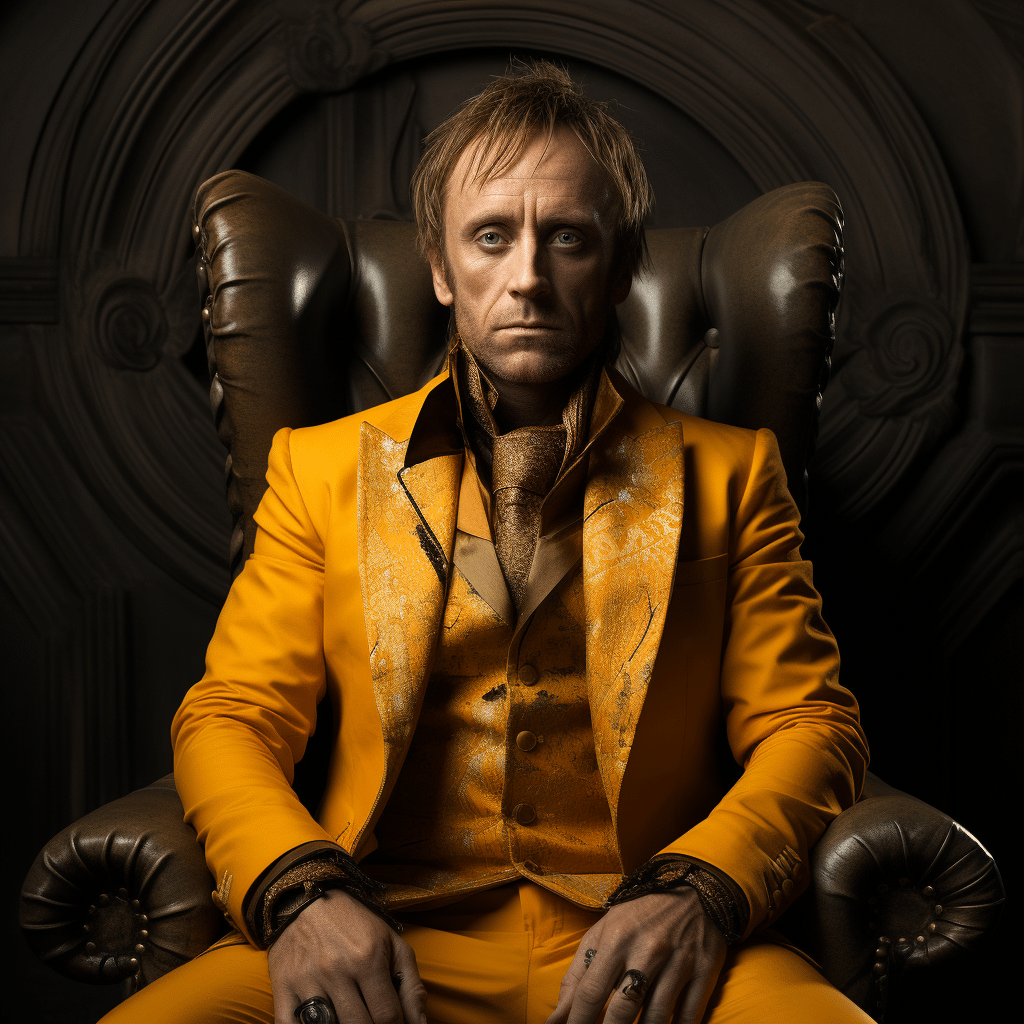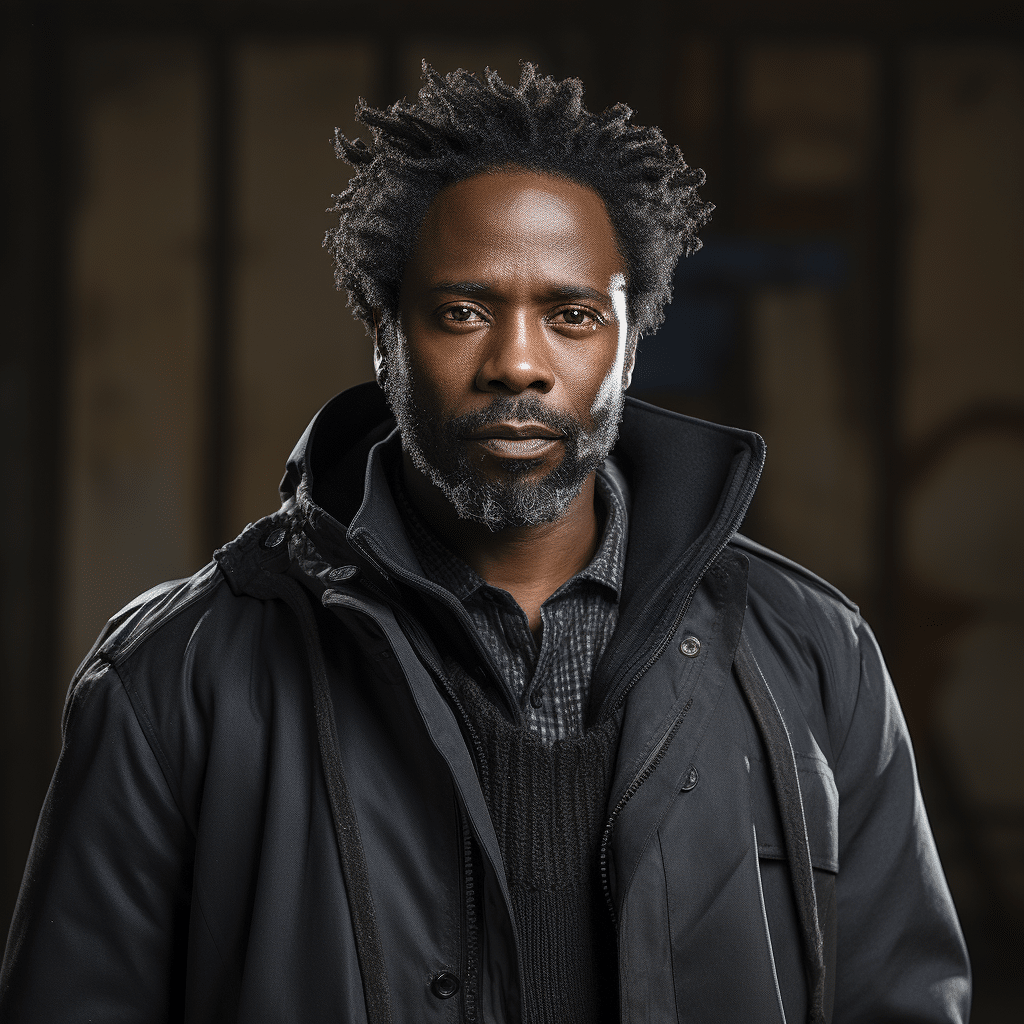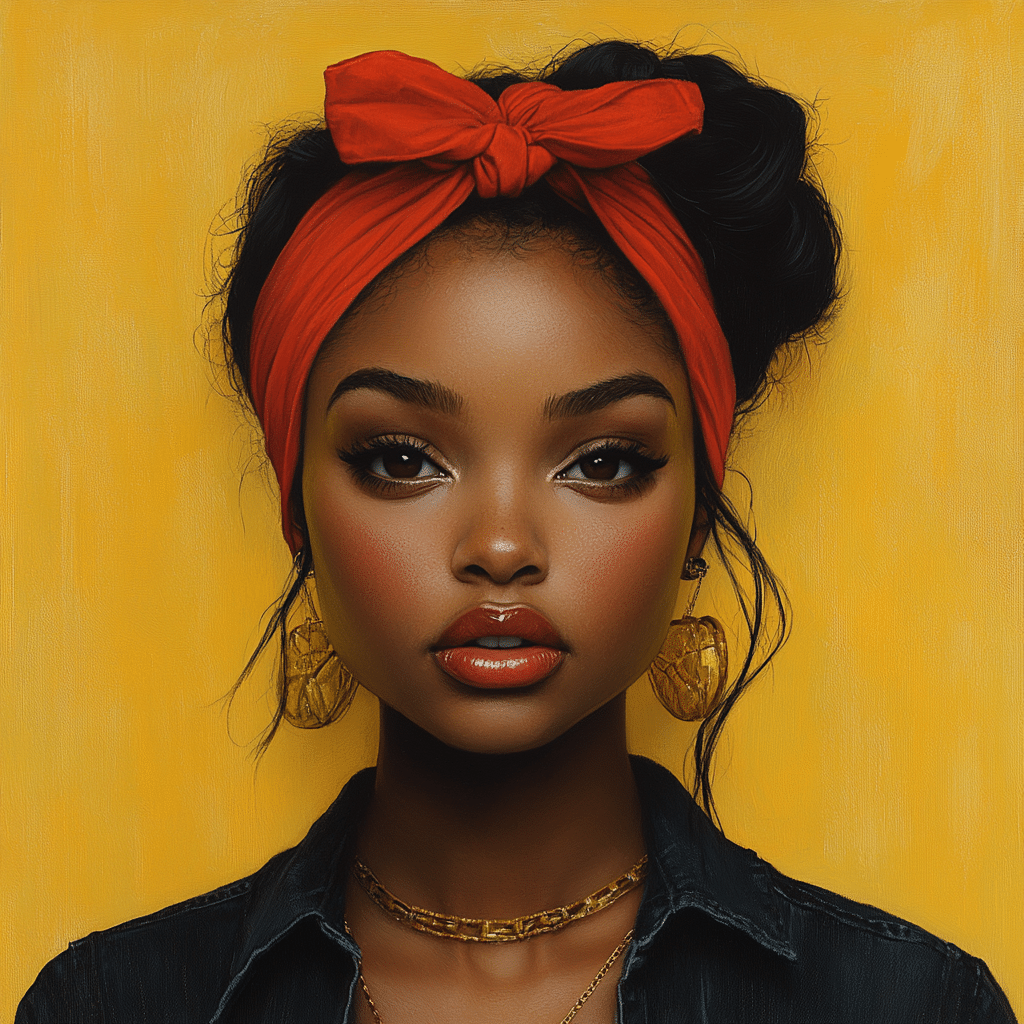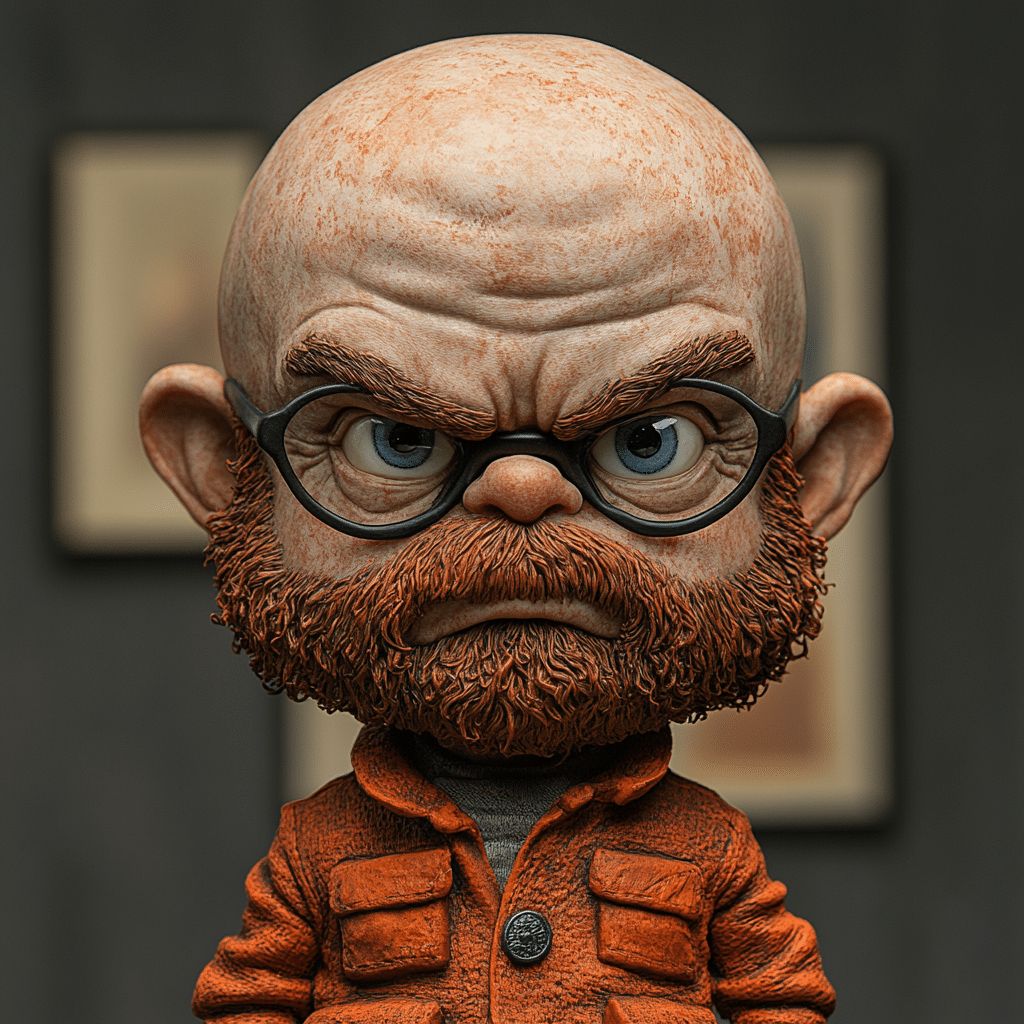Charles Dickens was no mere writer; he was a beacon of social consciousness whose words continue to echo through the corridors of time. With a legacy deeply embedded in the desire for redemption and the demand for social reform, Dickens’ literature remains a touchstone of moral and societal reflection. Born out of his own experience of being thrust into child labor and witnessing firsthand the dark underbelly of Victorian England, Charles Dickens wove narratives that not only delighted but also disturbed, prompting his readers to gaze into the societal mirror.
Charles Dickens: A Beacon of Social Consciousness Through Literature
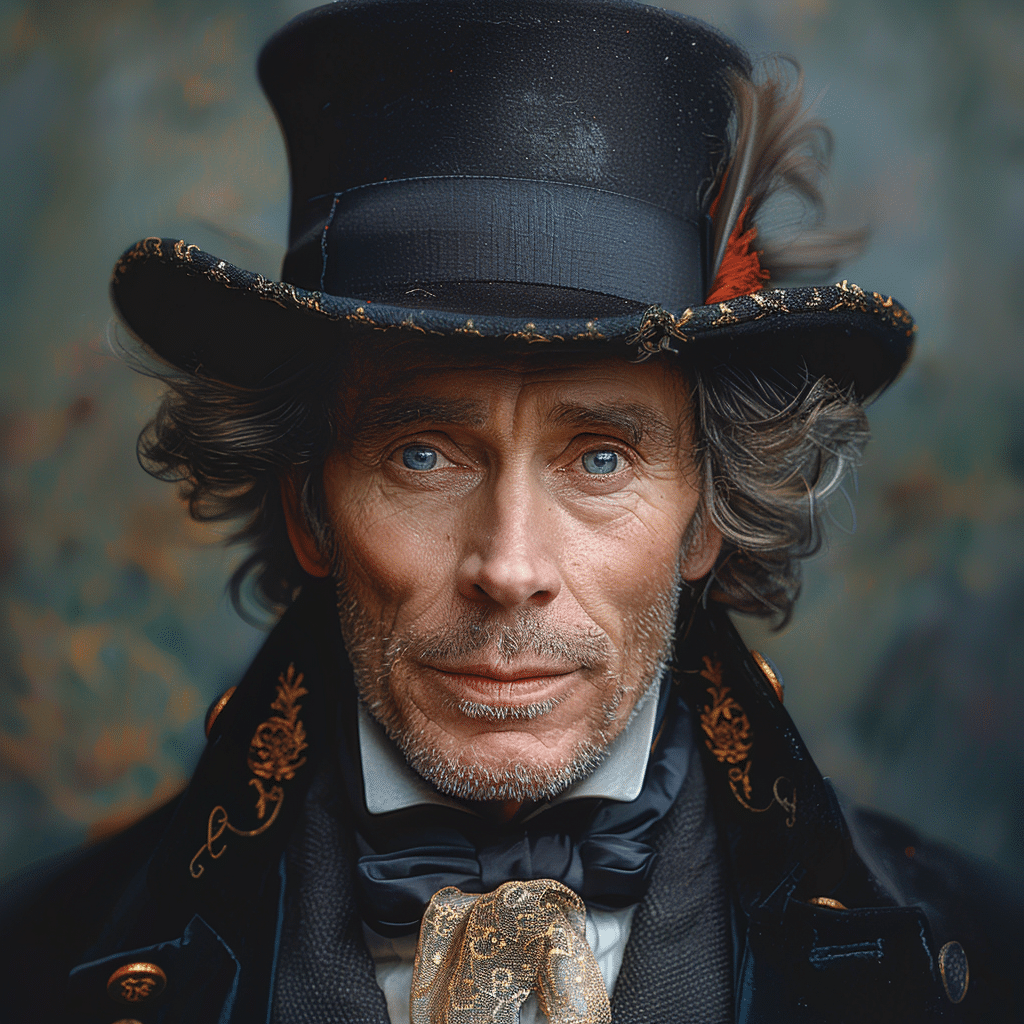
The Dickensian World: Reflecting Society’s Flaws and Follies
We often think of Charles Dickens with a snow-globe sort of nostalgia. Yet, the truth is, Dickens’ literary landscape was as gritty as the London fog itself, revealing the city’s flaws and follies. His was a world where the gap between the haves and have-nots was as plain as the nose on your face, and his characters – from the despicably greedy Ebenezer Scrooge to the tragically impoverished Oliver Twist – were caricatures that held up a mirror to Victorian society.
Dissect Dickens’ narrative technique, and you’ll find his genius in shedding light on social issues without preaching from a soapbox. Instead, he used the potent combination of humor, satire, and tragedy to poke and prod society towards self-examination.
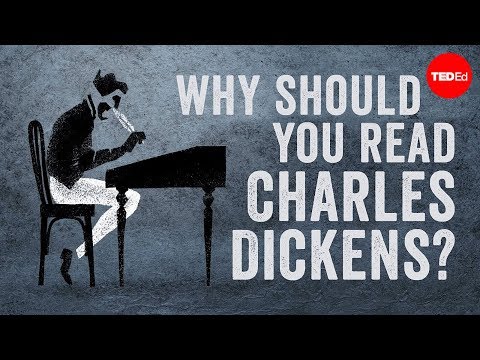
| Category | Details |
|---|---|
| Full Name | Charles John Huffam Dickens |
| Birthdate and Place | February 7, 1812, in Portsmouth, Hampshire, England |
| Death | June 9, 1870, of a stroke, aged 58 |
| Early Hardship | Worked at Warren’s Blacking Factory at age 12 |
| Literary Beginnings | First story “A Dinner at Poplar Walk” published in 1833 |
| Breakthrough Work | The Pickwick Papers (serialization began in 1836) |
| Most Famous Novella | A Christmas Carol |
| Themes in Writing | Social reform, the plight of the poor, morality, redemption |
| Writing Style | Realist, accompanied by humor, satire, and acute observation |
| Signature Works | Oliver Twist, David Copperfield, Great Expectations, Bleak House |
| Legacy | |
| Influence | Championed rights for children, education reform, and social justice |
| Neurological Considerations | Possible right parietal and superior temporal lobe damage |
| Contributions to Festive Tradition | A Christmas Carol influenced Christmas traditions and themes of redemption |
Charles Dickens’ Moral Compass: Narratives of Reform and Change
If his pen was his compass, then it was unfailingly pointed towards moral north. Dickens didn’t just spin yarns; he spun reforms into being. Take “Oliver Twist” – not just a story about a poor orphan, but a critical look at the Workhouse system that in many ways served as a catalyst for reexamining the Poor Law. “Hard Times” took a hammer to the cold, hard edifice of industrialization.
And who could skip the redemption arcs in “A Christmas Carol” and “Great Expectations”? While one is a ghostly tale that melts a miser’s heart, the other, a bildungsroman, spins a web around a young boy’s journey through Victorian England’s class labyrinth. Both echo redemption’s clarion call, one soul and one society at a time.
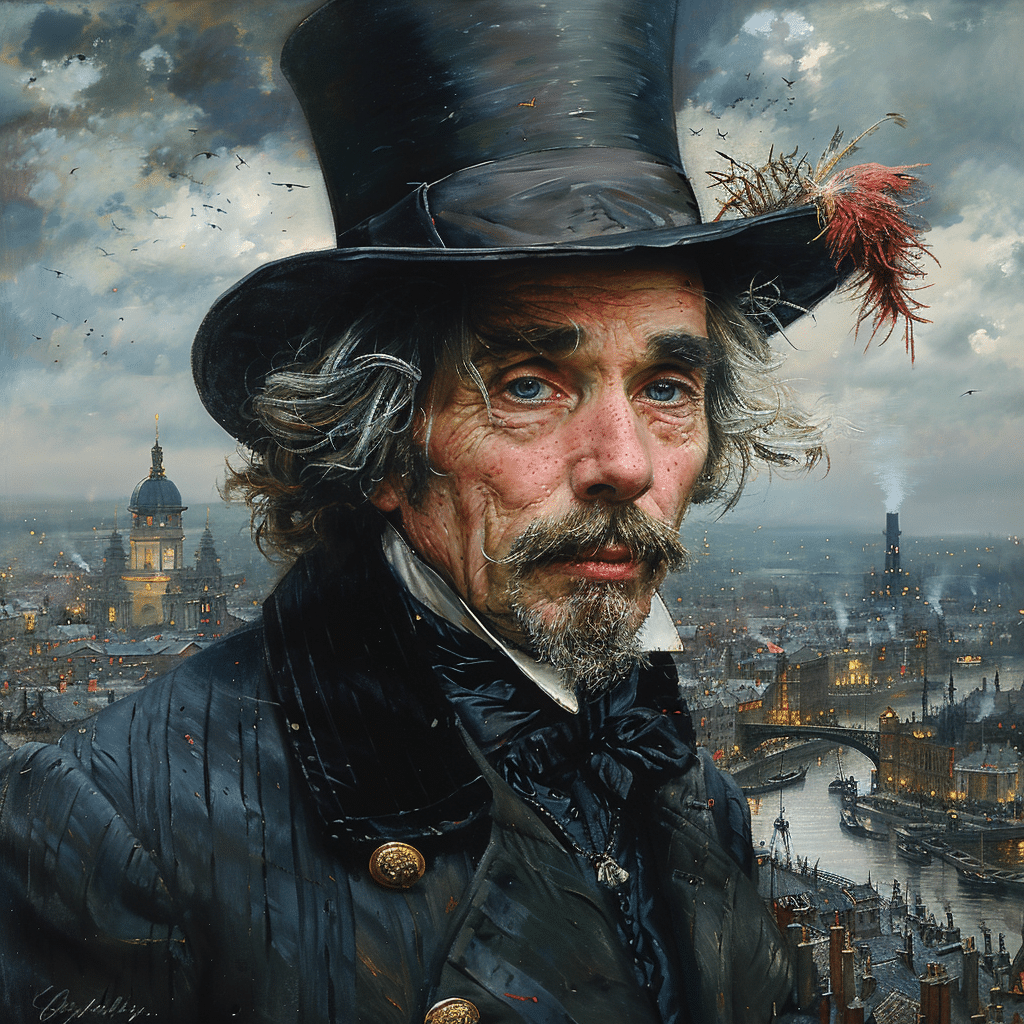
The Virtue of Forgiveness in Charles Dickens’ Literature
Let’s cut to the chase – forgiveness is the backbone of Dickensian literature. Scrooge’s transformation from a “squeezing, wrenching, grasping, scraping, clutching, covetous old sinner” to a beacon of generosity is nothing short of magical realism. Dickens masterfully demonstrates how forgiveness acts as a salve that heals and reshapes individuals and society.
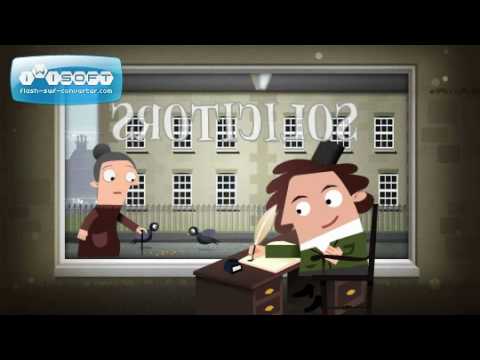
Resonating With the Modern Reader: Charles Dickens’ Timeless Themes
You’d think Dickens would be old news, but flip through any newspaper or scroll through your social feeds, and you’ll see poverty, class struggle, and the fight for social reform splashed everywhere – talk about staying relevant. His portrayal of these issues remains as pertinent as ever. Modern adaptations are telling, with recent depictions like taylor russell Movies And tv Shows capturing the imagination of a new generation.
Charles Dickens: The Storyteller Who Inspired Social Reforms
Let’s not beat around the bush; Dickens didn’t just write about change – he ignited it. Some real jaw-droppers stem from Dickens’ tales – with correlations between his writings and ground-shaking legislative changes like the 1834 New Poor Law amendment. His advocacy for children’s rights and education was no footnote – it was headline news.
Literary Techniques of Charles Dickens: Crafting Redemption
Got to hand it to him, Dickens knew how to spin a serial tale that had readers chomping at the bit for the next installment. His narrative voice was a cocktail of realism, satire, and caricature, served with a twist of redemption. This wasn’t just storytelling – this was emotional alchemy.
Charles Dickens’ Legacy in Contemporary Creative Works
Now, as auteurs in the cinema world channel their inner Dickens, we see his influence in the unlikeliest of places. Take names like chance Hurstfield and charles Durning – you’ll find that Dickensian vibe threaded through their portrayals. And the power of Dickens’ narratives? It’s like dynamite, blowing open doors to discussions we didn’t even realize needed airing.
Conclusion: The Enduring Power of Charles Dickens’ Call for Redemption
Charles Dickens was more than just a titan of the written word. He was a revolutionary cloaked as a novelist. His stories yanked the curtains back on Victorian England’s shadowy corners and splashed them with the relentless light of moral scrutiny. That his legacy endures, spurring debates on redemption and social progress, is a testament to the enduring power of his call for change.
The craftsmanship of Dickens lies not just in his ability to create narratives but in how he transforms readers into agents of change, long after the cover of the book closes. He remains, unquestionably, an author for the ages.
Charles Dickens: A Revival of Heartfelt Stories
Ah, Charles Dickens, a name as timeless as the Hottest Celebrities who flutter about in the limelight. Just as trends in fashion like semi formal attire For men come and go, Dickens’ tales have dressed the literary world with layers of complex human emotion and social commentary. His stories offer a wardrobe of characters, ranging from the miserly Ebenezer Scrooge to the plucky Oliver Twist, each stitched together with intricate details that make them leap off the page.
Now, hold onto your top hats and petticoats as we delve into delightful tidbits of the literary icon. Did you know, for instance, that our beloved writer’s own life could have been plucked straight from one of his novels? His father’s imprisonment for debt led a young Dickens into a shoe-blacking factory ordeal. Pardon the pun, but you can’t deny that from such “high times,” the seeds of classics were sown. Rags to riches, indeed! Moreover, pondering over the salary Of Jim harbaugh might bring modern comparisons to success, but Dickens’ wealth was purely self-made, sourced from his pen’s relentless dance across the pages.
Fun fact alert: Charles Dickens was as much an enigma as Charlie Villanueva — but, instead of on the basketball court, he was making his moves in the Victorian social scene and literary circles. Dickens often read his works aloud with such passion that you could say each performance was a slam dunk! Moreover, speak of his influence, and you might find yourself amidst debates of Dickensian proportions — after all, his works arguably spearheaded a reformation in societal attitudes towards the less fortunate.
In the whirlwind of his wide-reaching impact, it’s easy to forget that Dickens also had a knack for inventing expressions that still tickle our modern lexicon. His characters were so vivid that their names became colloquialisms for personality types. Who hasn’t called a miserly person a Scrooge, or a hopeful optimist a Tiny Tim?
Whew! Wrapping up our jaunt through Dickens’ legacy, it’s crystal clear his works are stitched into the very fabric of popular culture. Just as a classic staple in a wardrobe, like “semi formal attire for men,” the masterpieces of Charles Dickens are inexhaustible garments in the closet of literature that never go out of style. Next time you cozy up with one of his books, remember, you’re not just turning pages; you’re rediscovering why Dickens is, well, the Dickens.
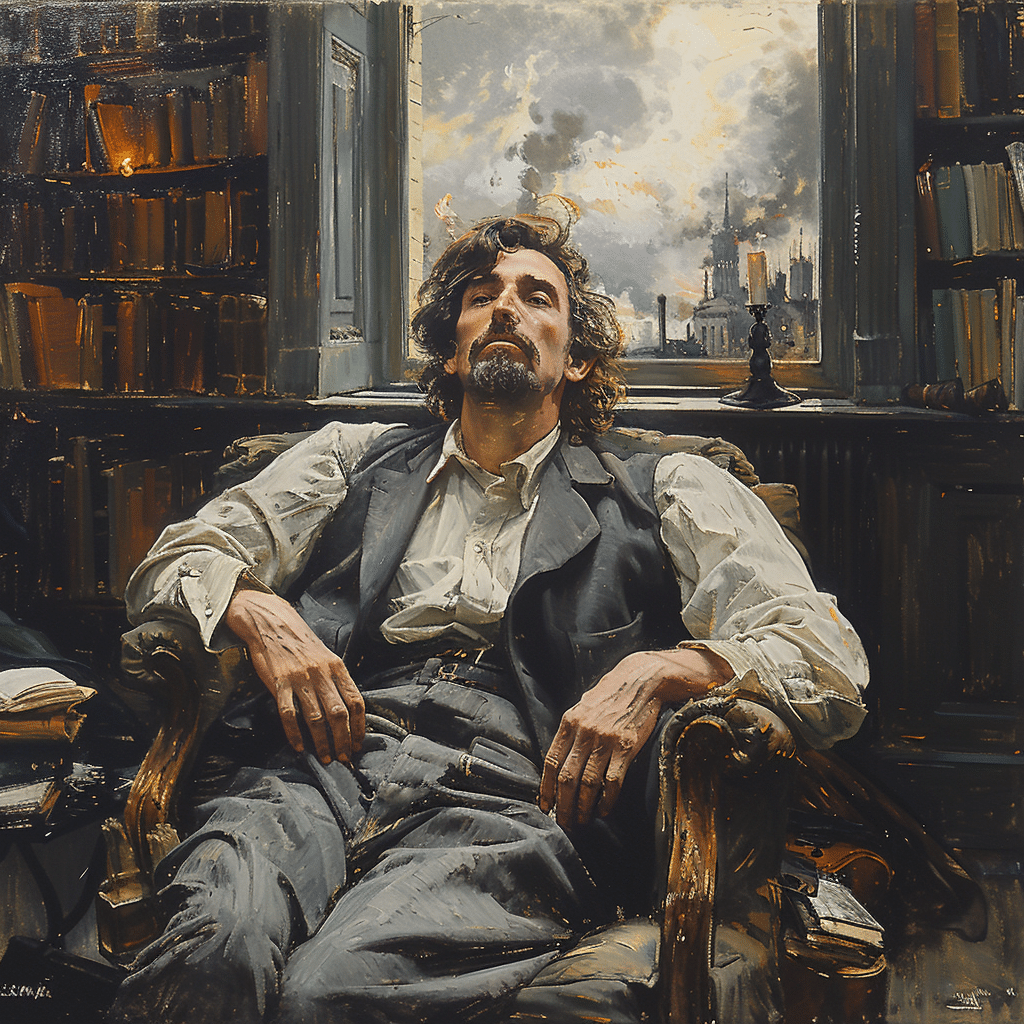
What is Charles Dickens most famous for?
– Well, hold onto your hats, because Charles Dickens is most famously known for his heartwarming novella, “A Christmas Carol.” Talk about a holiday classic! This tale, jam-packed with messages of change and redemption, has become a festive mainstay. But get this – it wasn’t even what Dickens had in mind to write at the start. Talk about a happy accident!
– Get ready for a tearjerker: when he was just a 12-year-old tyke, Charles Dickens was forced to work at Warren’s Blacking Factory slapping labels on shoe polish bottles. You see, he had to roll up his sleeves and bring home the bacon to help his family make ends meet. That’s enough to tug at anyone’s heartstrings.
– If you’re wondering what Dickens’s best book is, that’s a tough nut to crack because they’re all pretty stellar. But many folks tip their hats to “A Christmas Carol,” not just for its festive cheer but also for being a downright masterpiece about the joys of giving and the ghostly nudge toward self-improvement.
– Charles Dickens made his final curtain call at the young age of 58, passing away from a stroke. It’s said that, because he was right-handed, the stroke hit him on the left side – a real zinger, suggesting his right parietal lobe took the brunt of it, while some also finger the superior temporal lobe as a culprit.
– Ready for a Dickens deep dive? Three nuggets for you: First off, the man kicked off his writing career at age 23 with “A Dinner at Poplar Walk.” Then, believe it or not, his first novel, “The Pickwick Papers,” was a serial – the binge-worthy TV series of its day. Lastly, the literary world had to say goodbye to this wordsmith when he died in 1870, leaving us with a legacy in left-sided enigma due to his right-handedness.
– Dickens sure had a way with words, and his most famous quote is a real doozy: “It was the best of times, it was the worst of times…” Talk about nailing the rollercoaster of life! That line is straight from “A Tale of Two Cities,” and it’s stuck around because let’s face it, that hits home for everyone at some point.
– Charles Dickens wasn’t one for wearing his religion on his sleeve, but he was brought up in a Christian household. He believed religion should be about kindness and doing good deeds rather than strict adherence to rituals – a pretty modern take, if you ask me!
– Now, why on earth was Dickens nicknamed Boz? Well, it’s a funny story – he used it as a pen name early in his career, nicking it from his younger brother’s family nickname, “Moses,” which he playfully shortened to “Boz.” Quirky, right? Just a case of good ol’ sibling shenanigans making literary history.
– Dickens, huh? He was a bit of an enigma – a man of many masks. A fierce social critic and a champion of the underdog, but not without his own flaws. He was known for his wit and was quite the celebrity in his time, but like any human, he had his share of personal trials and tribulations.
– Bleak House is set in none other than jolly old England, more specifically in a dour little town where fog seems thicker than a bowl of oatmeal. It’s a place that does justice to the title, as it’s as cheerless as an overcast Monday in mid-November.
– Is “A Tale of Two Cities” a tough read? Well, it ain’t no walk in the park. Dickens doesn’t skimp on the details, and the language can be as dense as London fog. But don’t let that scare you off – once you get the hang of it, it’s like a mental workout that leaves you smarter in the end.
– Why did Dickens write “A Christmas Carol,” you ask? Well, he wasn’t just out to warm our hearts with tales of Tiny Tim. No sir, he wanted to ring the bell for social change, bolster a genuine Christmas spirit, and throw a spotlight on the gap between the haves and have-nots. And whoa, did it work or what?
– Alright, want some quick Dickens trivia to impress your friends with? He started off his literary career with a bang at 23, dabbled in acting, faced a tough childhood working in a shoe polish factory, created some of the most memorable characters in English literature, and, despite being a literary giant, had his last words as something pretty ordinary – he simply wished to be laid to rest without any fuss.
– Picture this: Charles Dickens, a man of the Victorian era, sporting a dapper beard that was all the rage back then. He had a commanding presence, decked out in the dressy attire of his time, and with eyes that seemed like they were always sizing up a character for his next novel.
– Now, this is a bit of a downer, but yes, Dickens did lose a child. The world of parenting was a rollercoaster ride in those days, with not all his little ones making it through the slings and arrows of Victorian life. And that heartache, no doubt, seared into his writings.





